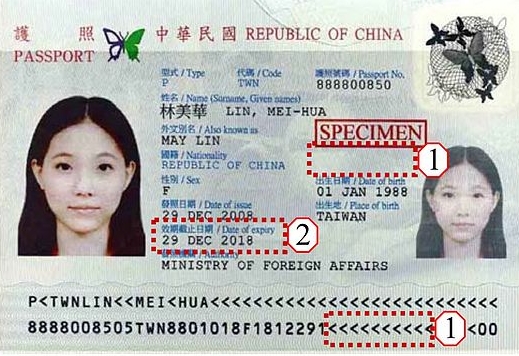27% of Australia’s population was born overseas, 18% are from countries where English is not the main language. Overseas-born people often have better health than other Australians, this is because of the vigorous health checks required in order to migrate to Australia, and usually disabled people do not seek migration. The better health of overseas-born people is often termed the ‘healthy migrant effect,’ however, effect begins to wear off the longer overseas-born people live in Australia.
The nature and extent of the health inequities
Patterns in morbidity and mortality for overseas-born people are highly influenced by their country of origin, their current location, and the process of migration. Overseas-born people have longer life expectancy, lower death rates, lower hospitalisation rates, and lower prevalence of lifestyle risk factors for disease. This is partially because the health requirements for eligibility generally ensure good health of those who migrate to Australia. Overseas-born people had nearly 15% less deaths than other Australians, with Asians having the lowest death rate. However, people born in the UK or Ireland had higher rates of lung cancer and females born in these countries had higher rates of cancer mortality, particularly breast cancer. In addition, overseas-born people from Europe, Pacific Islands or Asia had higher rates of diabetes related deaths compared to other Australians. Overseas-born people had much greater rates of hospitalisation for tuberculosis, especially in Asia and other locations.
Overseas-born people have less hearing disorders, mental health issues (using less than half the mental health services as other Australians), asthma rates, and injuries (less ambulance use), but poorer self assessed health status (unless they spoke very good English) and greater need for help for the aged in core activities. This increase amongst eh aged, is mostly due to the higher proportion of overseas-born people in the higher age brackets. Overseas-born people also have lower rates of successful breastfeeding, though the ones who do breastfeed are more likely to breastfeed longer, which improves the health of the baby.
The sociocultural, socioeconomic and environmental determinants
By fare the greatest determinant for overseas-born people are the sociocultural determinants. Overseas-born people face language barriers and other cultural barriers to accessing health services and participating in society. The language barrier continues to poorer numeracy and literacy results. This leads to lower health literacy and poorer knowledge of STIs and their methods of transmission. English is possibly the greatest factor in overseas-born people’s social wellbeing, particularly in the elderly who have the lowest rates of English fluency. Poor English is linked with lower employment, poorer self-assessed health, lower life satisfaction and low levels of social participation.
It is clear that the sociocultural determinants influence the socioeconomic determinant, as language is a barrier to education, employment and income. Overseas-born people have poorer numeracy and literacy rates. Overseas-born people often migrate as adults, resulting in a lack of English education and restrictions on employment opportunities. Overseas-born people have higher unemployment rates and make up ¼ of the labour force, with the majority of those coming from non-English speaking countries. This results in lower income levels and less choice and access to health services. Overseas-born people are also more likely to be homeless.
Environmental determinants for overseas-born people mostly relates to language barriers to accessing health information and services. Overseas-born people often form sub-communities in their suburbs, which limits their need to learn English, and improves their ability to participate in the local social life and access some health services, as often there is a person who can speak their language. Examples of such communities include: the majority Lebanese population in Bankstown, the Asian community in Cabramatta, the Pacific Islands community in Mount Druitt, or the African community in Blacktown.
The roles of individuals, communities and governments in addressing the health inequities
Individuals in these communities can assist to improve their health outcomes by enrolling in English classes. These classes are often provided through local community groups and churches and often focus on adult education. Younger overseas-born people can ensure they complete school and seek higher education at universities and colleges. Finally individuals can promote healthy lifestyle choices to reduce the risk factors for chronic diseases.
Communities can assist overseas-born people by welcoming them and seeking to learn a foreign language in order to assist overseas-born people. Communities also provide adult English classes and can provide support for overseas-born people as they find employment or when they need medical assistance. Groups such as the Red Cross provide such assistance for overseas-born people.[1] Community health centres also provide various forms of assistance, including brochures about health issues in various languages and frequently a translator is available for the major languages in the location. With the large percentage of overseas-born people being older, the issue of less presence of overseas-born people in carer and volunteer services presents further barriers to health services that are provided to overseas-born people
The Government offers various levels of support for overseas-born people. The Australian Governments provide: translation services, crisis payments, multicultural service officers, 510 hours of free English lessons, information to assist new migrants to settle in Australia and a multilingual phone service. Medicare will also pay for migrants once they are classified as Australian residents for tax purposes.[2]
[1] See http://www.redcross.org.au/migration-support.aspx
[2] For further information on Overseas-born people see: http://www.aihw.gov.au/overseas-born-people/

